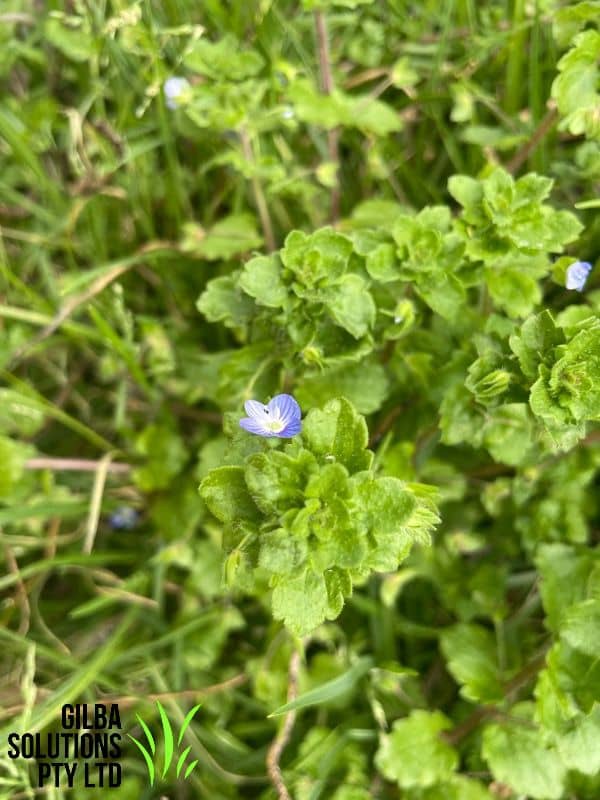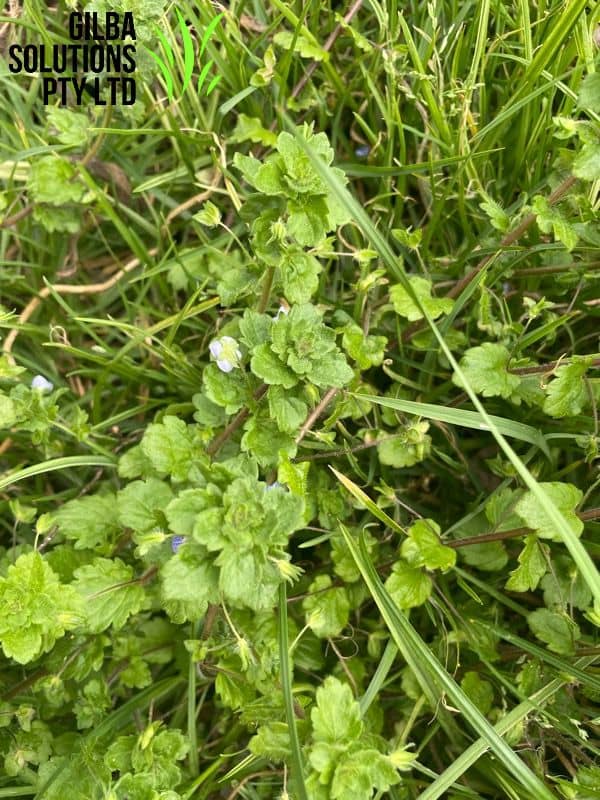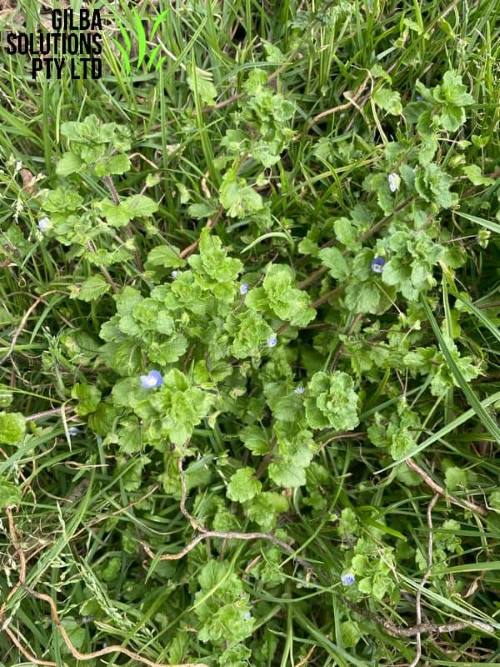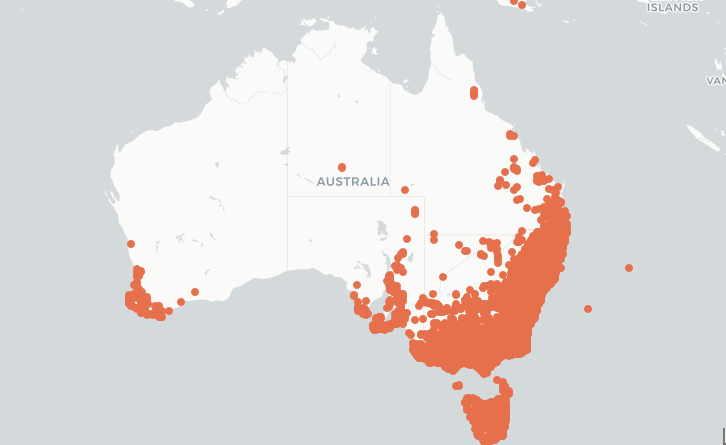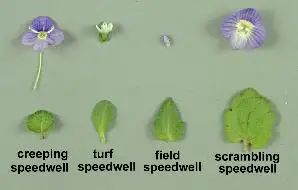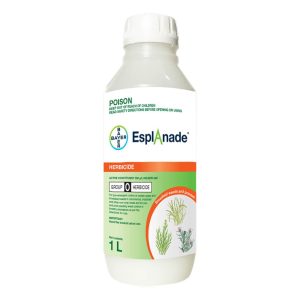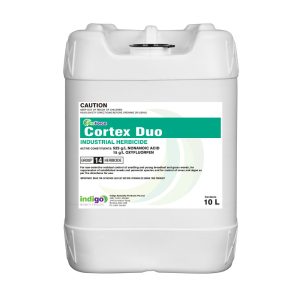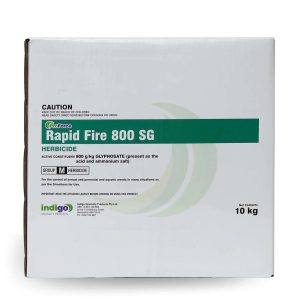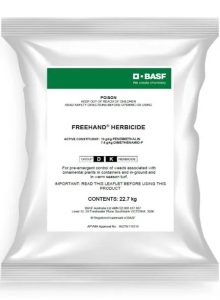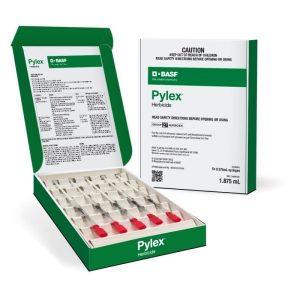Speedwell (Veronica spp).
Speedwell, Creeping Speedwell or Bird’s Eye Speedwell is a perennial herb that prefers moist, well draned soils. It has slender rhizomes up to 60 cm long, and occurs in a range of environments. These include grassland, woodlands and forest. In dry periods it dies back but then reshoots once it rains.
After you read this, you will be able to:
- Identify Speedwell.
- Know the habitat of Speedwell.
- Know the best cultural and chemical options to Speedwell.
Speedwells
You can identify Speedwells by their oval-shaped leaves, long flowering stems, and small flowers in a range of colours spread out over their stems.
- Creeping Speedwell (Veronica persica) that forms stolons, and these allow thick mats of the weed to form in turf. The small size of the weed allows it to easily escape when it is mown. It is tolerant of most turf herbicides, and more aggressive than turf speedwell, and forms much denser mats. When it flowers it has blue flowers on long stalks.
- Thyme or Turf Speedwell (Veronica serpyllifolia) is a small perennial weed. It also has stolons, but has a different leaf shape, and tends not to be hairy. Turf speedwell has white flowers with no stalks
- Field, Corn or Wall Speedwell (Veronica arvensis) is a Winter annual. It germinates in the Autumn and flowers in the Spring. Field Speedwell has hairy leaves, and grows small blue flowers that only open on bright days. It is found in Canberra & Southern Tablelands
- Slender Speedwell (Veronica filiformis) is a creeping perennial weed with attractive blue flowers that you see in the Spring. The stems and undersides of the alternating leaves are hairy. The leaves initially have an oval shape but as it matures the leaves become more round and have rounded teeth on the edges.
For more information, please check out our weed ID chart. Speedwell is a good indicator weed of wet soils and shade.
Speedwell Identification.
Category: broadleaf (Dicot).
Photosynthetic Pathway: Speedwells are C4 weeds.
Flower: Creeping Speedwell have four-lobed flowers, which are solitary and on long stalks from the leaf axils. These can be seen in the Spring and Summer. The flowers are 8 to 10 mm across, and are various shades of sky blue, pinkish blue or mauve.
Height: The stems are 3 to 25 cm tall, with fine spreading hairs up to 0.5 mm long, which are mostly limited to lateral bands.
Leaf Length: The sparsely hairy leaves are Egg to heart shaped, 5 to 23 mm long and 5-20 mm wide. The leaves have many regular lobes or rounded teeth, and an obtuse tip.
Reproduction: Speedwell is a perennial, and reproduces by seed and by underground rhizomes. It is often a problem in turf during the Spring and Summer.
| Creeping Speedwell | Field Speedwell | |
| Seed longevity: | > 5 years | 1 – 5 years |
| Seeds/flower: | 7 | 15 |
| Seeds/plant: | 50–10,000 | 15,000 |
Comments: Most vegetative growth occurs during the cool weather of late Winter or early Spring.
Habitat:
How to Control Speedwell in your lawn.
Cultural Control of Speedwell.
Dense, healthy lawns choke out Speedwell.
- Cut at the right height for your turf grass.
- Irrigate appropriately and
- Fertilise properly. Don’t skip on N as this just favours this weed. You want the turf to outcompete this weed.
Chemical control of Speedwell.
Management Calendar for Herbicide Treatment of Speedwell.
Management Calendar for Speedwell | ||||||||||||
Month | Jan | Feb | Mar | Apr | May | Jun | Jul | Aug | Sep | Oct | Nov | Dec |
Germination | ||||||||||||
Flowering/Seeding | ||||||||||||
Pre Emergent Herbicide | ||||||||||||
Post Emergent | ||||||||||||
Pre-emergent Herbicides for Speedwell.
- BASF Freehand suppresses Veronica sp.
- In NZ Envu Esplanade is registered to control Veronica persica as a pre-emergent.
Post Emergent Herbicides for Speedwell.
Apply post-emergents in the Spring and the Autumn when the plants are actively growing.
Don’t mow for two or three days before or after a herbicide application. Apply when there is no rainfall forecast for at least 24 hours.
- You can control Corn Speedwell with Carfentrazone, Quinclorac and Tenacity herbicides. The latter is not registered for this yet in Australia.
- MCPA is not effective against the Speedwells.
- In the US Xonerate (Amicarbazone) is used to suppress Speedwell.
- Pylex is registered for post emergent Veronica sp suppression and control in the US.
- Trifloxysulfuron is registered in the US but not in Australia.
- Most 3 way mixes of post emergent herbicides like Stature and Warhead Trio will deal with this weed.
Table of Post Emergent Herbicides for Speedwell.
Product | Active | Chemical Group | Rate/Ha | Comments |
2,4-D | 2,4-D | 4 | 1.8-3.2L | Wet foliage thoroughly. DO NOT mow lawn for 1 week before and at least 1 weed after application. DO NOT use on Buffalo grass (WA only). |
Casper | Prosulfuron + Dicamba | 2 and 4 | 800g-1Kg | Apply from Autumn to Spring. Use high rates in cool months or if high weed pressure. Control takes 4 to 6 weeks. Use an NIS at a rate of 0.25 to 0.5% v/v. |
Contra M. | Dicamba + MCPA | 4 | 6.5 L | Apply in 250-400L water. DO NOT use on Buffalo grass. After use do not mow for 2 days before or after application or fertilize within two |
Dicamba | Dicamba | 4 | 1.2L + 3.2L of 2,4-D Amine 625g/L | Use a minimum of 1000L/Ha water. Do not spray on Buffalo or Bent Grass. |
Warhead | MCPA + Clopyralid + Diflufenican | 4 + 12 | 5 L | You may see discolouration on kikuyu, carpet grass and Queensland blue. Avoid overlapping. Use an NIS. |
Weed Blast MA. | Bromoxynil + MCPA | 6 + 4 | 3-6 L | Apply in a minimum of 500L/Ha water. DO NOT mow for 2 days after treatment. |
Non Selective Control of Speedwell.
- Glufosinate-ammonium provides control for 4 to 6 weeks, but it regrows and recovers due to the limited movement of glufosinate.
- Glyphosate. You can use Glyphosate but if you use Glyphosate, and water quality is an issue then use ProForce Manta Ray.
The following are non-selective but also have a long term residual and stop re-growth of Speedwell.
- Renegade. Renegade stops germination for up to 12 months, and reduces the need for multiple herbicide applications.
- Numchuk Quad. This gives effective post and pre emergent Speedwell control for up to 12 months.
- Cortex Duo. Cortex Duo gives a rapid knockdown of Speedwell, and residual control for up to 3 months. It is also safe to use around trees.
Table of Non Selective Herbicides for Speedwell.
Product | Active | Chemical Group | Rate/Ha |
Glufosinate 200 | Glufosinate-ammonium | 10 | 1-6L |
Rapid Fire 800 | Glyphosate | 9 | 0.9-1.35 Kg |
Numchuk Quad | Terbuthylazine + Glyphosate + Amitrole Oxyfluorfen | 5 + 9 + 34 + 14 | 20-25L |
Cortex Duo | Nonanoic Acid + Oxyfluorfen | 14 | 7L/1000L |
Renegade | Bromacil | 5 | 3.5-6.5Kg |

